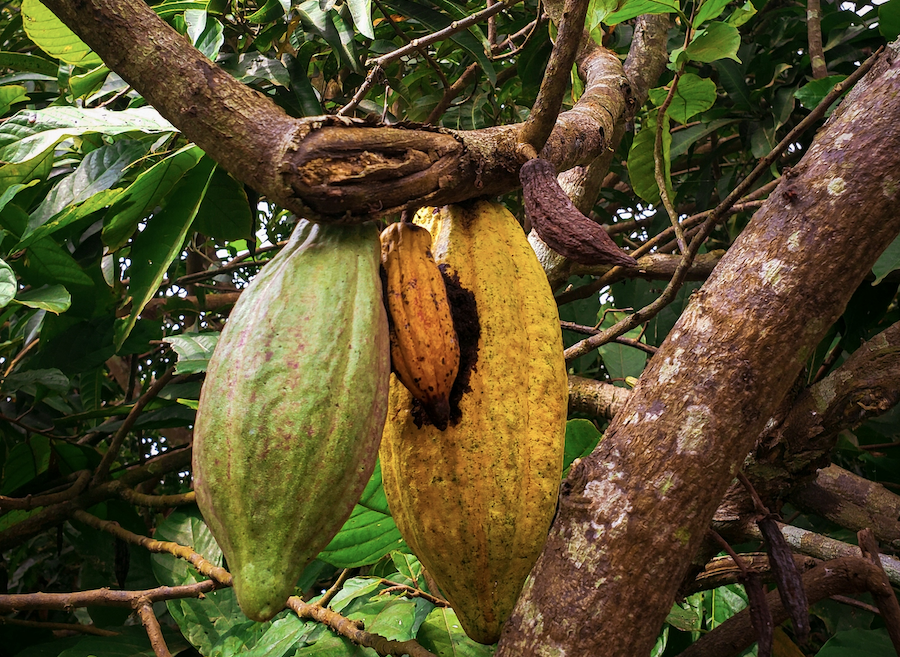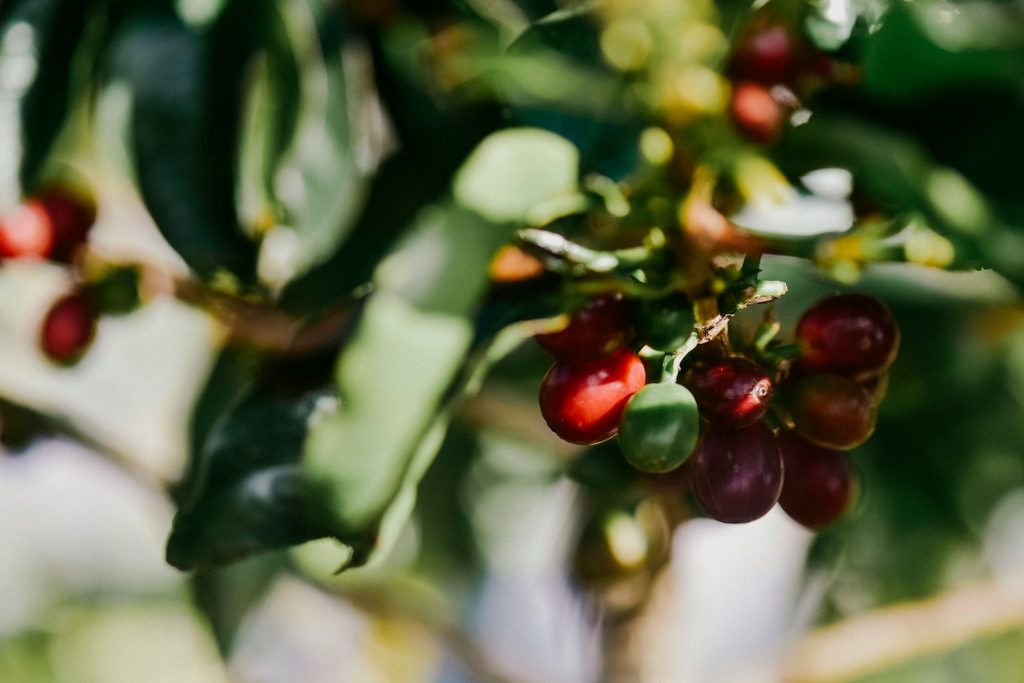A commodity sampling module significantly enhances the quality control, efficiency, and overall management of commodities, leading to better risk management, cost savings, and improved customer satisfaction. We’ll explain more in this update.
Agiblocks may be a strong contender across many commodities, it is an extremely powerful fit in terms of meeting the specific requirements of four commodities in particular – Coffee, Sugar, Cocoa and Grains. To underline the fact that our flagship software is the go-to CTRM solution for buyers and sellers of these four groups, we’d like to address an important factor in the commodity trading business – Sampling – and, of course, how Agiblocks can help.
“We’ve started out by developing a sampling module for coffee specifically”, says Victor Favaro, senior CTRM consultant. “It is by far the most complex one. But now that we’ve covered all that it takes to deal with the sampling complexities of coffee, we can apply it to all other commodities as well.”
Victor Favaro, senior CTRM consultant
Sampling
Sampling is an important part of the commodity trade process, and indeed vital to understand and manage the quality of your particular commodity. In coffee, a small quantity is taken as a representative of that lot of coffee for purposes of display, testing, quality analysis, archiving, marketing or other legal purposes.
As such, accurate sampling all along the value chain is a necessity.
Agiblocks CTRM offers all the required tools to process the data at every step of the way. Thanks to our sampling module, that is even more true than before. In fact, those looking to have all the requisites for sampling in the very same environment as all of their other daily needs can finally rest easy – because Agiblocks just got even more all-inclusive.
The first step is the hardest
Agiblocks is a multi-commodity capable system right out of the box. That is to say, built on modern technology, it provides functionality for trading any physical commodity and all of their terminal market instruments. It supports contract management, logistics fulfilment, forex, and it has tools for real-time risk analysis and risk management. Its modular structure allows users to implement an end–to-end solution or to select individual functions to implement only the functions that are needed, whatever the commodity may be. Indeed, while that may be true for all commodities, it is especially true for coffee.
“As far as sampling for agricultural commodities goes, coffee is by far the most complex one. So for us, it was the obvious start-off point. Testing the quality of coffee is the most difficult, as if offers the most complexities. Grain for instance, which does have other parameters, is far less complex, with fewer steps in the quality control process. But for the end-user, all that complexity is gone now: the sampling module is very intuitive and easy.”
All the variables are already there in Agiblocks. And if they aren’t, it is 100 percent configurable so that you can add whatever you need. From aroma, body and flavour to uniformity, acidity and remnant flavour, it’s all there. References, bags, quantities, properties. “Moreover, now that we’ve covered all that it takes to deal with all the aspect of sampling for coffee, we can apply it to all other commodities is well. All the necessary properties come standard in Agiblocks, so you can just pick and mix. The module works well on its own, so we can install the feature as is.”
Let’s take a look at those complexities to give you a better understanding.

Complexities of Coffee
It is essential to work in a CTRM system that supports all the various specifics of any commodity. In coffee, the different types and blends all have their unique specifications and qualities. And all the steps along the supply chain, logistics especially, are subject to rigorous quality controls. That is true of most commodities, indeed the agricultural ones, but several things are different for coffee. Most commodities have quality control upon delivery, but coffee is subjected to sample-based checks at various points along the logistics chain as well.
These taste and quality measurements can even determine whether or not shipments can go ahead (or not). That property of coffee comes with, among other things, pricing specifics such as SAS (Sale on Approved Sample or Subject to Approved Sample), where the contract is based on the buyer’s approval of the sample. Coffee samples or often randomly selected by blending contents of say 10 percent of the bags into one large quantity, send to the buyer to grade. Additionally, there’s also the options of NANS or ‘no approval, no sale’, and Replace / No Replace, which specifies whether the buyer is agreeing to a new pre-shipment sample to be offered in place of the rejected sample.
In other words, dealing with sampling can be quite complex, and indeed quite cumbersome. At the same time, it is an essential part of the trade, in terms of testing, quality analysis, archiving, marketing or other legal purpose, and even pricing – as sampling is used as a standard to calculate discounts depending on the given quality. That is, if a sample differs in quality from an earlier record, you would probably offer a discount. If all the data is entered correctly, our CTRM can calculate and handle that price changes and the implications for a given shipment automatically, which is a huge gain in efficiency and optimization.
Another important factor is the fact that we can map all the samples and send the documents to the supplier, with reporting on the status along all of the steps. And that part is customizable too: let’s say you want a sample without contract (eg. not mandatory), you can create that easily, and attach the real contract / delivery at a later stage. If you have a sample, you can create whatever test you want.
“Once we link a sample to a delivery, we also attach the full data of that sample as hidden data to the contract, so everything is there – readily available. In grains for example you have to change the quantity due to shrinkage because of moisture, so it is easy to change the contract there as well and have a new price based on that rate too.”
“So again, by tackling the complexities of coffee sampling we have all the opportunities for grain covered too – but also cocoa, sugar, cotton, biofuels, you name it. You can create a new unique ID for every sample, from copying samples of others samples.”

Risk versus Reward
Another good example of the complexity of coffee from a CTRM perspective is ‘quality risk’. With coffee (as compared to grains), it is much more about other things than weight. In fact, what gives the most profit is the blended margin, at a much greater rate than for instance the other usual soft agri suspects, even cocoa.
Blending is a way to potentially make the product better than the sum of its parts, which is to say, the proper mix of coffee inputs can make the best output in terms of taste and aroma. As risk becomes higher with quality, so do price and profits. And you can have a much better grasp on that with a sampling module that is fitted for the challenge.
By allowing and maintaining intuitive recording of sampling data from pre-shipment levels and subject to sample conditions, quality assurance is ensured – and the same goes for all the financial, logistics and/or risk management implications down the line. The developed sampling module that is virtually unrivalled in the world of CTRM solutions significantly enhances the quality control, efficiency, and overall management of commodities, leading to better risk management, cost savings, and improved customer satisfaction.
Would you like a Sample?
management as well as financial management from the same source of data and within the same easily accessible application. Its modular structure allows you to implement an end-to-end solution or to select individual functions to implement only the functions you need.
Would you like to have a demo of our Sampling module in Agiblocks?
Feel free to reach out to us to get a full picture of the Agiblocks suite.

